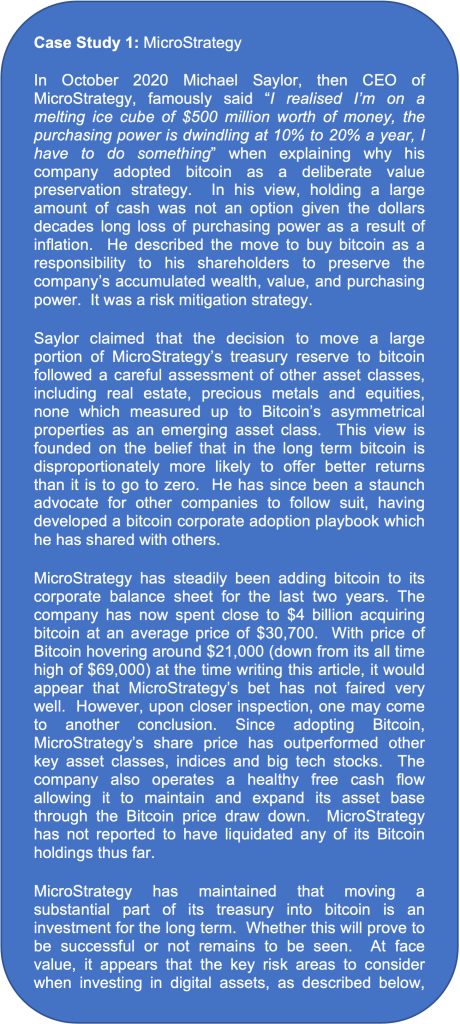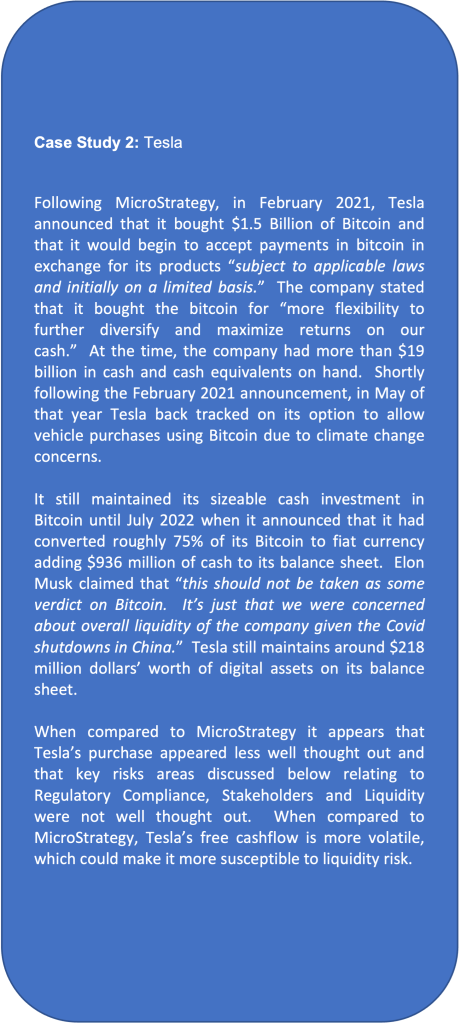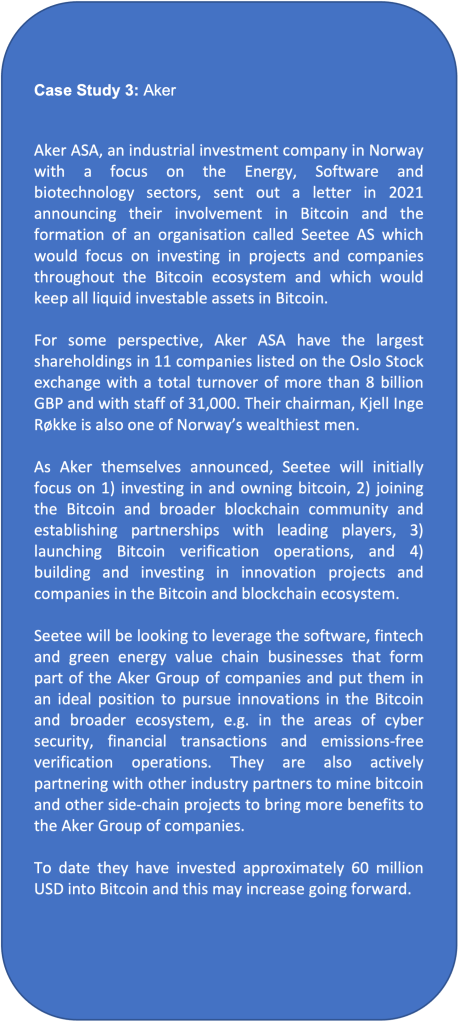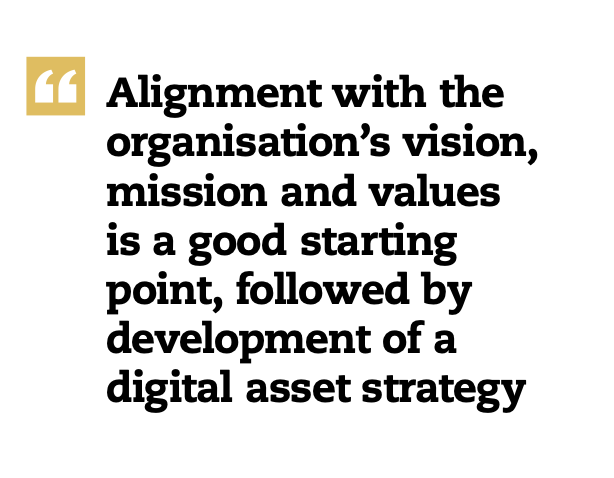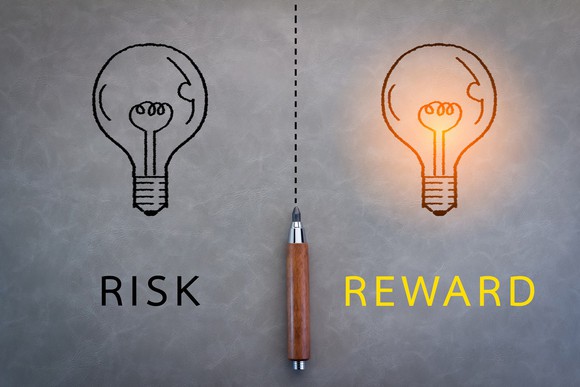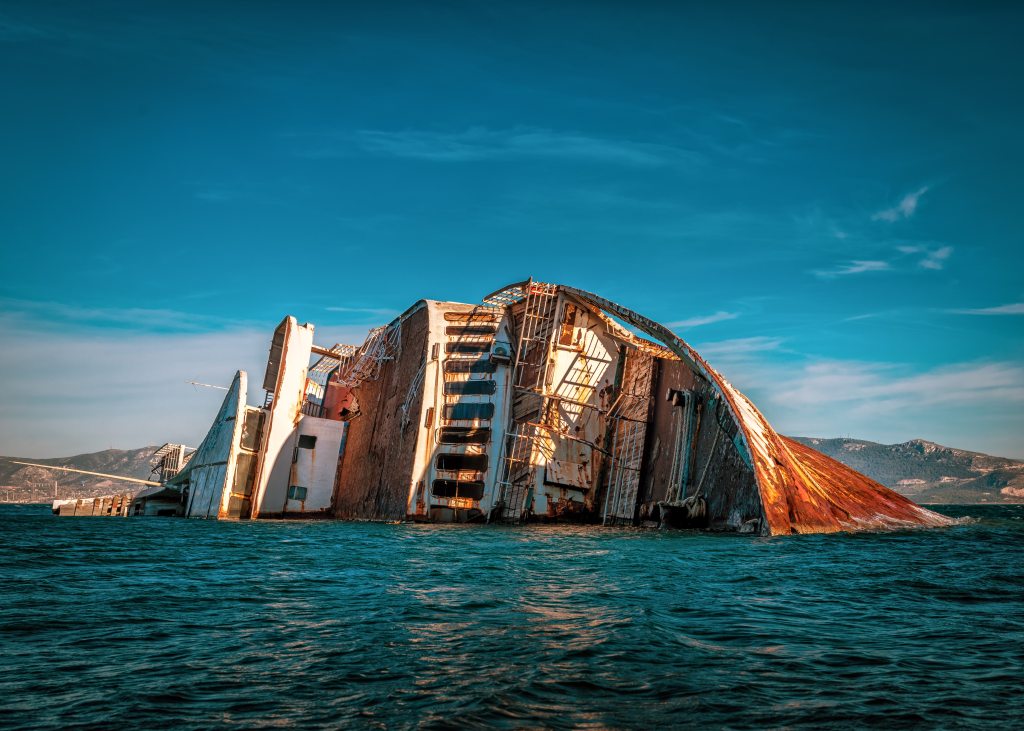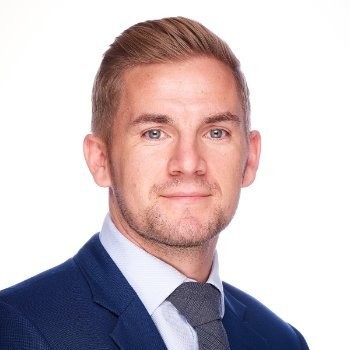This article follows on from another Risk Champions article – Building an Effective Risk Champions Network
As published by Risk Leadership Network – Publication date: Thursday, 13 May 2021 – with Alexander Larsen, Peter Smith and Vladislav Kulakovsky
Creating a consistent framework for risk management across a diverse, multi-national organisation can be difficult, but a network of like-minded people can spread the culture needed for its success.
Performing cohesive risk management across different sites is never an easy task, but when the operations of those sites include a multitude of different specialists and technicians, this amplifies problems.
The risk managers interviewed here, along with colleagues, came up with a simple yet effective idea that took risk management outside the traditional risk function to interested individuals so that risk became a part of everyday life.
They then created a centralised tool so this community could share best practice and improve knowledge and understanding globally. The result was an award for best risk communication initiative at the MEA Risk and Insurance Excellence Awards 2016.
Exec summary
- At its heart, risk management relies on having the right people in the right place to gather and analyse the information needed to make better business decisions
- Alexander Larsen and Peter Smith, who were interviewed for this case study, along with colleagues including Vladislav Kulakovsky, created a network of risk champions to help them improve risk management across a multi-national oil company
- Not only did they bring people outside of risk management into the risk function and improve understanding and day-to-day practices and procedures, but they also created a global community underpinned by a culture of sharing to distil best practice across their company globally
Context
The company had a lot of international assets (oil fields) across the world and the company was keen to manage its overseas operations out of one single office in Dubai, which is where Vladislav, who kickstarted risk management within the project, and we, were based. Although based in Dubai, Alexander eventually moved to Iraq for a few years to work on the Iraqi asset that was being managed from Dubai.
We decided early on that the Iraqi asset, a megaproject, would be a good starting point for an initiative that looked to improve risk management on the ground in Iraq, both during the project and when it was handed over to operations for ongoing management of the facility.
The oil field in Iraq was the largest undeveloped asset in the world at the time, and the company was investing billions of pounds into its development over several years, so it was a really mammoth undertaking, with several megaprojects running simultaneously, often inter- linked.
Having appropriate and effective risk management controls would be a big factor in its success both in terms of meeting project timelines and budget, but also for its successful operation once the facility was complete.
We, and indeed the rest of the risk management team, were neither drilling experts nor geologists so we decided to set up a risk champion structure using staff from the various technical departments on the ground in Iraq to help feed into the risk management process. This would be critical to the success of not only risk management or this project, but of other projects too.
Although it took time to gain traction and there were numerous challenges (language, culture, risk understanding and differing project or departmental objectives, to name a few), once it was implemented successfully, the risk team realised the opportunity for sharing the lessons learned.
Taking the successful risk champion structure and then distributing it to assets across different continents would allow other facilities to learn from their successes and develop their own risk champion structure (or improve already established ones). It would also allow sharing of ideas and knowledge that may even bring benefits to the Iraqi asset, where it originated.
Over time, the network expanded further, inviting non-risk staff to join, and providing access to a knowledge database of tools, procedures and best practice.
Before the network was in place, there was a lot of communication with, and travel to, overseas suppliers and contractors. So, we thought that by having individuals in each of these different areas of the business, we would reduce the amount of time spent on collecting the information, while also increasing the quality of the information. Then, we could focus on running quantitative risk analysis, reporting across the project and supporting decision- making within the projects – which, after all, was the main part of our job.
Key Steps
Sourcing network champions
The way we decided to approach expanding and improving the risk management programme and bring in expertise from various areas of our business was to set up a network of risk champions.
These were people who had the right roles in the right departments and who could provide us with the right level of information on their aspect of the project. They also had a certain level of technical expertise combined with an ability to learn and communicate ideas.
It started out as an informal process; we needed help speaking to various experts in the business and understanding the technical information being fed to us by people like geologists or engineers.
In order to find the right individuals, we would look for people across the business who were showing an interest in, and enthusiasm for, risk and developing their understanding of risk management.
Getting champions on board
Once we’d determined who was keen to get involved, we would speak to their manager, explain what we were trying to achieve, and get their permission to start involving that worker in the risk management processes.
Sometimes there was some pushback from managers on this, so we would need to involve influential people who were onboard with our project to try and convince any dubious manager of the benefits of letting their employee get involved.
Conversing with champions
We would meet at least once a month, both in formal and informal sessions, to share information around what risks we were facing and how the controls were working. This would be in offices on site in Iraq, but could include more relaxed meetings like going for a walk around the site in the evening, for example.
It was important to build a relationship of trust and friendship with them while also making the risk management discussions more relaxed and fun.
All the information and risks we gathered, as well as the analysis results, we then fed to the Dubai office, where Peter and Vlad would bring all this together into a central source for the Iraq asset that detailed all of our policies, procedures and risk analysis work.
Outputs
Creating consistent reporting
One of the first tangible outputs to come out of the risk champion network project – and the Iraq project more widely – was a set of more complete and more effective dashboard reports that gave an overview of all the different operations in Iraq so they could be reported on in one overarching report.
When this reached the corporate team operating in the Head Offices, they too wanted to expand the value beyond the international business. It also paved the way for these reports and the practices we had put in place to be rolled out across the company.
We were able to take these reports to our partners in joint venture projects, as well as our suppliers, so they could see how we did risk management, but also so that we could incorporate our risk management processes into their operations to better manage the risks we faced from the work they were doing either with us or on behalf of us.
Building a global community
At this point, the overseas office in Dubai was really starting to see and understand the value of what we were doing in Iraq and wanted to roll it out across all of the company’s other assets around the world.
Up until then, these different sites had, of course, been practicing some form of risk management, but there was no overarching structure to it, and the levels of risk management being undertaken at each site varied greatly.
To bring some level of harmony to all these different sites, we decided to establish what we called a community of practice. Peter set it up initially, using the information, policies, procedures and risk champions structure that Alexander and Vlad had developed on the ground in Iraq and in the Dubai office. We then added to what we had in order to provide a more overarching approach that might be suitable for all assets.
The community of practice was a virtual group for everyone within the company who had a responsibility of risk, regardless of which site they were working on or in which region they were based. We then shared best practice solutions and success stories from our experience in Iraq so that they could be incorporated into all the different risk management practices across the company as a whole. Over time other assets shared their success stories and challenges too.
Building a central repository
Once we had firmly established ourselves in Iraq and been given the go-ahead from the overseas office to push these ideas out to the other international operations across the world, we knew that alongside having the community of risk champions, we would also need a
central hub for sharing all the different documents, reports and pieces of information that these individuals were creating.
And that central repository of information we created eventually became one of the successes underpinning the community of practice that had been rolled out across the company.
The repository was initially based on the information we had collected as part of the Iraq project, but we later expanded this to include a database of resources and a chat function so people across the various different sites could comment on the resources, asking each other questions or providing feedback.
The different sites were able to download the various resources in the hub and then tweak and tailor them to the specific needs of their part of the organisation.
This really helped to create a unified approach to risk management across the company, while still allowing processes and procedures to be flexible enough to meet the specific requirements of each region and site.
Expanding the community of practice
As part of this roll-out to the wider company, we knew we also wanted to expand and formalise the community of practice so that other individuals outside of the risk function could be brought in to help the different sites, just as we had done in Iraq. We started working on improving the community of practice along with input from Vlad and other risk managers in the business to build something formalised and engaging.
To do this, we created a training programme that was delivered across the different assets, and at the end of each training session there was a sort of advert for the network, encouraging people who were interested in finding out more to get in touch.
In addition to this, we formalised an agenda that ensured each asset shared their own best practices and training presentations. Each asset was also given the opportunity to share their own documents and reports to the central repository.
While working on improving the community of practice we also revised our original risk champions network in Iraq to improve it further. For those that ultimately got involved as a risk champion, we began incorporating risk management objectives into their performance review. This really helped to give a formal structure to the network, as well as helping to build a culture that was putting risk management at the heart of everything we do.
These objectives would then get progressively more demanding and complex as people improved their understanding of risk management, until they became a fundamental part of the risk management process, and quite a few of those early champions are now carrying out roles that are solely focused on risk within the organisation and also in other organisations.
One last initiative we decided to launch was to open up parts of the central repository to contractors and partners in order to encourage knowledge-sharing among them and improve performance on our own projects. This also involved inviting contractors and certain partners to attend our meetings.
Results
One of the most successful projects we were able to use the risk champion network for was the building of a quantitative risk model based on several scenarios that included oil price, credit worthiness of partners and investors, production output, reservoir pressure and other factors.
Due to the information we had gathered and analysed with the help of all the risk champions, we could run in-depth analysis quickly and effectively. In a number of weeks we were able to build and run over 60 scenarios, something that would have been impossible without the risk champions. A couple of scenarios would have been challenging enough!
With these scenarios, we were able to demonstrate to the overseas office, as well as the HQ, the power of risk analysis. The fact that they were already used to seeing the dashboards we had created for the ongoing risk management reports meant that they were already familiar with how we operated, they trusted our data and our reports, and it was therefore much easier for us to secure their support for taking a more risk-focused approach to decision-making. This was a fantastic way to demonstrate the value of what we were doing with the risk champions network and this different approach to risk management in Iraq.
Meanwhile, the success of the community of practice was demonstrated by the fact that all the assets were providing better and more consistent risk management analysis and data despite different cultures, projects and contractors. We won a risk communications award for the work we did on the wider risk champion and community of practice project, and we even took our internal risk management training to a conference where they asked us to run a one- day masterclass in which we, along with Vlad, led various mini exercises and presentations.
The award was a great opportunity for us, and it also demonstrated once again to head office the value of what we had created, as well as representing the business in a good light in front of our peers at a big industry event.
Lessons Learned
- Understanding people and their personal and business objectives lets a risk manager understand who will be a blocker and who will be an enabler to a project. This allowed us to quickly navigate through the teams to ensure we targeted those who would engage with the process, drive adoption from within their own team and get results
- People want to share knowledge. Simply creating the platform allowed a passionate group of risk managers, risk enthusiasts and interested parties to share, communicate and learn, and that central repository of information created a hive of activity and discussion that only served to benefit the business
- Finally, the knowledge and experience sharing within the community of practice was so effective in strengthening risk management immensely across all assets globally











